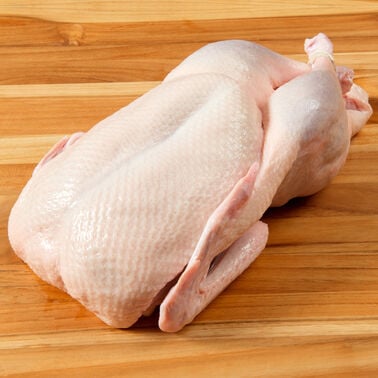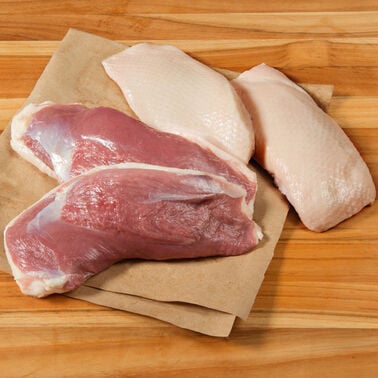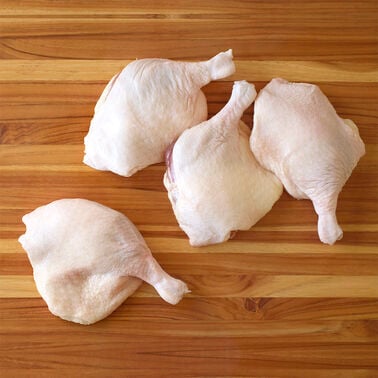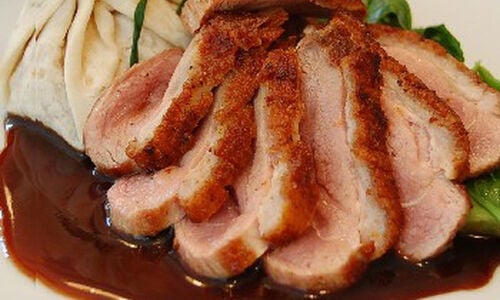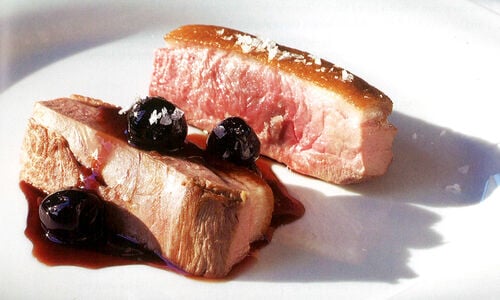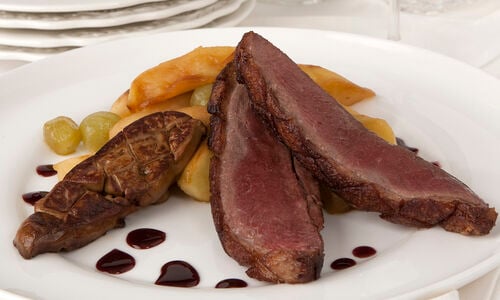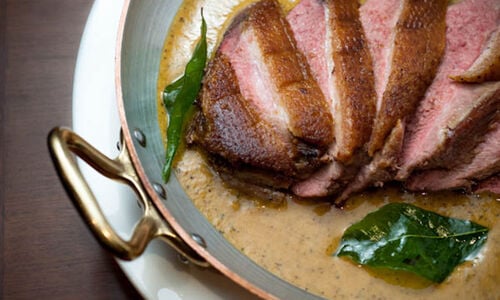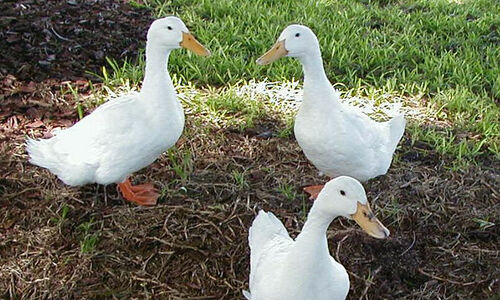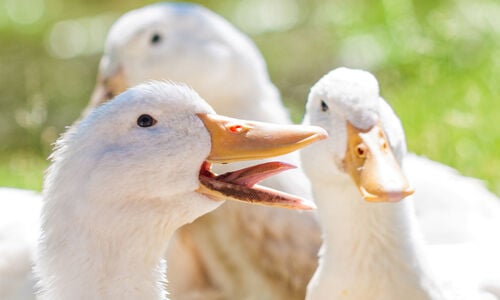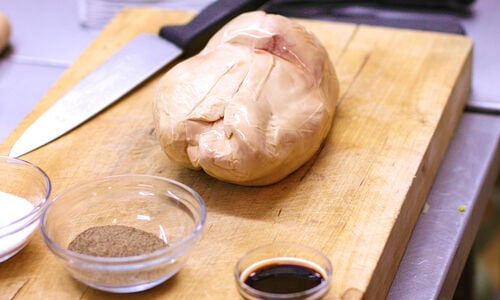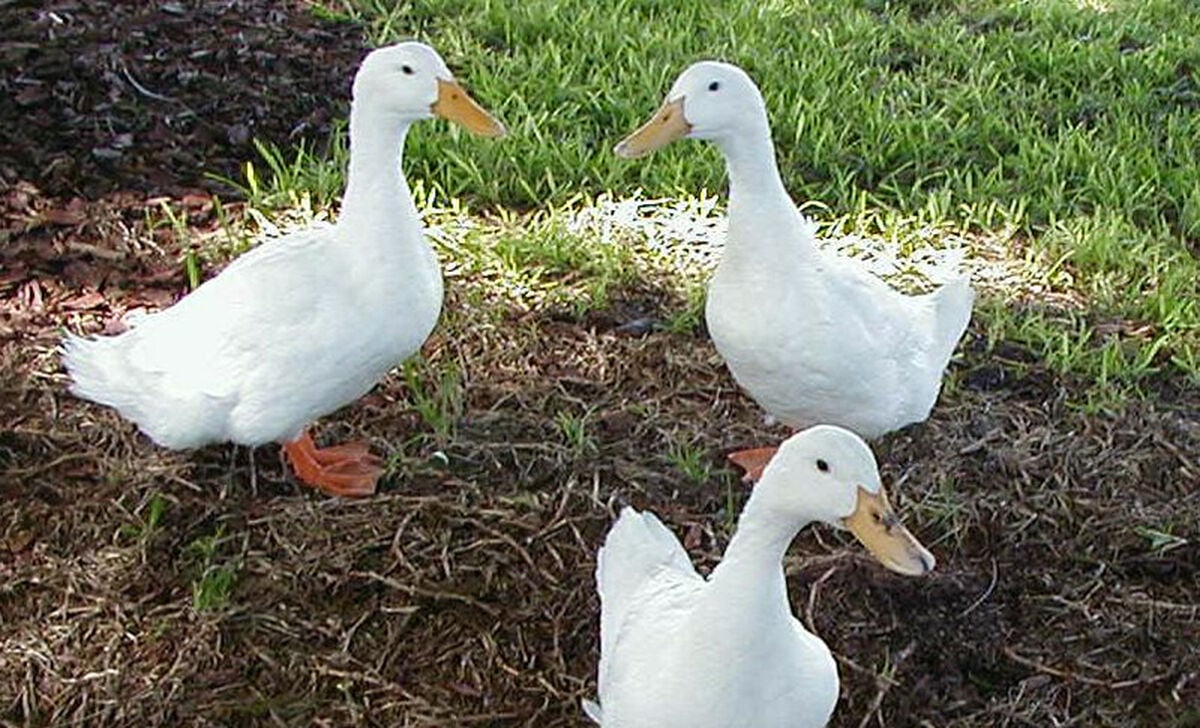
One version of the story says that some Pekins first arrived in San Francisco in the 1870s and that by 1901 Reichart Farms, located just north of the Bay in Sonoma, CA, had begun selling ducks raised from the original stock. The market for ducks was underwhelming, to say the least since the birds were irregularly sized and the ratio of meat to bones was poor. The only people who regularly cooked them were immigrants who knew them from their homeland cuisines.
A Long Journey
Somehow, through an entrepreneurial scheme, ducks made it across the country and reached Long Island, a naturally perfect habitat for them. Another story claims that the nine original ducks were imported to New York in 1873, and they took to the sandy soil and tidal ponds of eastern Long Island like the proverbial duck to water. The term “Long Island Duck” is sometimes used synonymously with “Pekin” when referring to the breed, and is a testament to the success of this duck in America. By the late 1960s Long Island, NY, was producing up to 6 million ducks a year, though today there is only one duck farm extant.
A Great Big Duck
With improved husbandry, and consistent supply, the white-feathered Pekin became a success. The standard size and weight of a Pekin is about 4 to 5 pounds. Although this seems like a generous size, by the time the fat is rendered, one duck will feed only two people, unless it is cut up into a stew. Probably what recommends them most to Americans is their mild-tasting flesh and attractive price. For farmers, the appeal is in the east and speed of breeding.
Pekin ducklings are generally raised to 6 to 8 weeks for optimal tenderness. Pekin is known for its mild, satisfying flavor that easily adapts to a number of cuisine and menu categories. It has lighter flesh and milder flavor than either Moulard or Muscovy duck, and is considered perfect for whole roasting.
Interestingly, nutritional information released by the USDA in 1997 proves that skinless Pekin duck breast is lower in fat and calories than skinless chicken breast.
